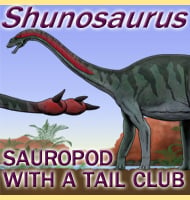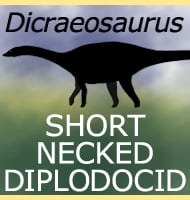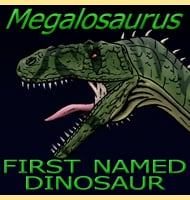Adeopapposaurus
In Depth Initially considered to be a Southern population of Massospondylus, Adeopapposaurus was established as an independent genus in 2009. Adeopapposaurus is an unusual sauropodomorph since it appears to have had a keratinous beak to its mouth. If correct, then this may have been a feeding specialisation for snipping off foliage from plants. Further Reading … Read more


